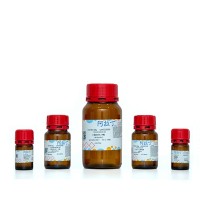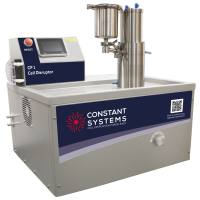Heterologous Expression Systems for Studying Placental Transporters
互联网
498
We use two different heterologous expression systems to characterize the functional features of plasma membrane transporters cloned from placenta. The first is the vaccinia virus expression system that utilizes a recombinant vaccinia virus carrying a transgene for T7 RNA polymerase. Mammalian cells, when infected with this virus, are able to produce T7 RNA polymerase. If these cells are then transfected with a transporter cDNA which is under the control of T7 promoter in the plasmid, the T7 RNA polymerase will transcribe the cDNA and the cellular machinery will synthesize the transporter protein from the resultant mRNA and target it to the plasma membrane. The transport function of the heterologously expressed transporter can then be monitored by uptake of suitable substrates in these cells. The second is the Xenopus laevis oocyte expression system in which any transporter can be expressed heterologously by injection of the oocytes with corresponding cRNA. The functional features of the expressed transporter can then be monitored either by uptake of suitable substrates or by electrophysiological means if the transporter function is electrogenic. Both methods are complementary to each other and together provide an effective means to delineate the functional features of various transporters, irrespective of their independent transport mechanisms.









